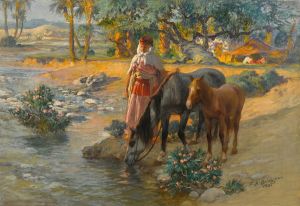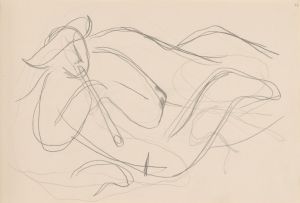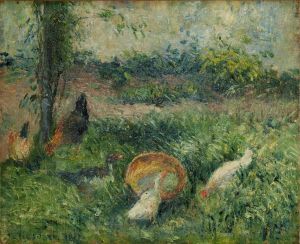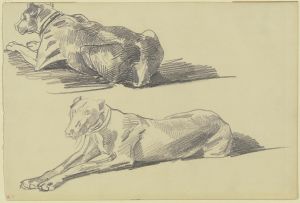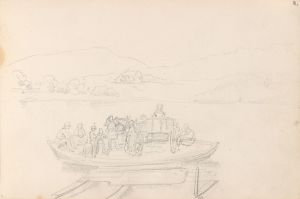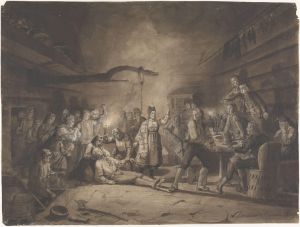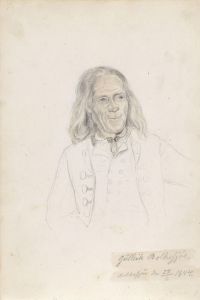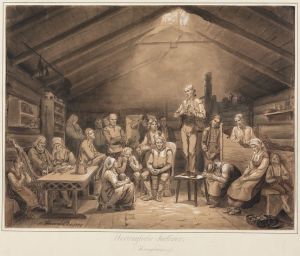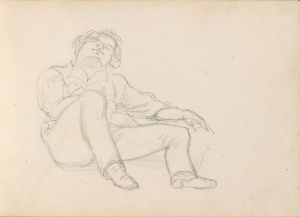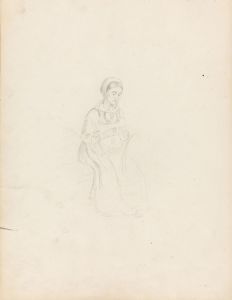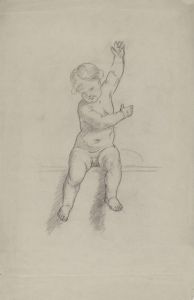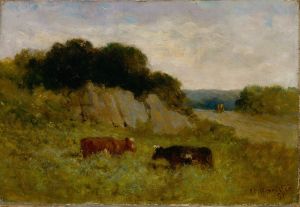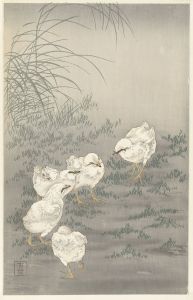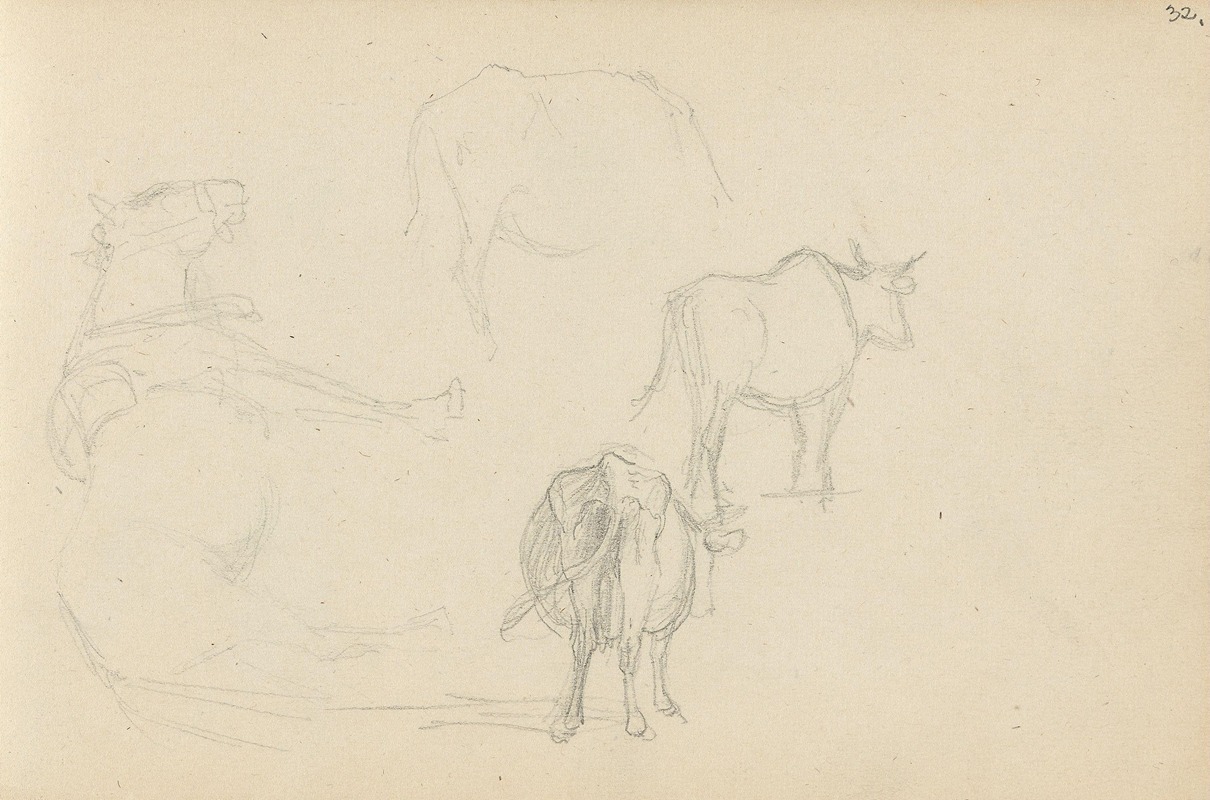
Animal studies
A hand-painted replica of Adolph Tidemand’s masterpiece Animal studies, meticulously crafted by professional artists to capture the true essence of the original. Each piece is created with museum-quality canvas and rare mineral pigments, carefully painted by experienced artists with delicate brushstrokes and rich, layered colors to perfectly recreate the texture of the original artwork. Unlike machine-printed reproductions, this hand-painted version brings the painting to life, infused with the artist’s emotions and skill in every stroke. Whether for personal collection or home decoration, it instantly elevates the artistic atmosphere of any space.
Adolph Tidemand was a prominent Norwegian painter in the 19th century, known for his contributions to the national romanticism movement. His works often depicted Norwegian folk life, traditions, and landscapes, capturing the essence of Norway's cultural heritage. Tidemand's art is characterized by its detailed realism and ethnographic accuracy, which made him a significant figure in Norwegian art history.
"Animal Studies" by Adolph Tidemand is one of his lesser-known works, and there is limited information available about this specific painting. Tidemand's oeuvre primarily focused on human subjects and scenes from everyday life, so an animal study would be somewhat atypical for him. However, like many artists of his time, it is possible that Tidemand engaged in studies of animals as part of his artistic practice, which would have been common for artists seeking to improve their skills in rendering different subjects.
Tidemand was born on August 14, 1814, in Mandal, Norway. He studied at the Academy of Art in Copenhagen and later at the Kunstakademie Düsseldorf, which was a hub for many artists of the Düsseldorf school of painting. This school emphasized detailed and realistic portrayals of subjects, which is evident in Tidemand's meticulous approach to his work. His time in Düsseldorf greatly influenced his style and technique, and he became one of the leading figures of the Düsseldorf school.
Throughout his career, Tidemand collaborated with other artists, most notably Hans Gude. Together, they created some of the most iconic images of Norwegian national romanticism, such as "Bridal Procession on the Hardangerfjord." While these collaborative works focused on grand, sweeping landscapes and human activities, Tidemand's solo works often delved into more intimate and detailed studies of Norwegian life.
Although specific details about "Animal Studies" are scarce, it can be inferred that Tidemand's approach to such a subject would have been consistent with his overall artistic philosophy. He would likely have focused on capturing the essence and character of the animals with the same attention to detail and realism that he applied to his human subjects. This would involve careful observation and a deep understanding of the anatomy and behavior of the animals he depicted.
Tidemand's legacy in Norwegian art is significant, as he played a crucial role in shaping the national identity through his depictions of rural life and traditions. His works are celebrated for their historical and cultural value, providing insight into 19th-century Norwegian society. While "Animal Studies" may not be as well-documented or renowned as some of his other works, it nonetheless represents an aspect of his artistic exploration and dedication to capturing the world around him.
In summary, while there is limited specific information available about "Animal Studies" by Adolph Tidemand, his overall body of work and artistic approach suggest that any such studies would have been executed with the same level of detail and commitment to realism that characterized his more famous pieces. Tidemand remains an important figure in Norwegian art history, and his contributions continue to be appreciated for their cultural and historical significance.





